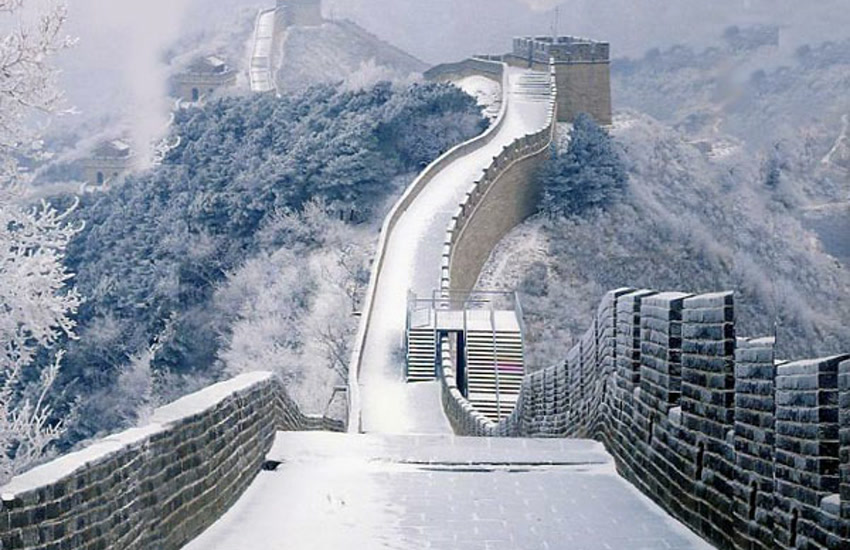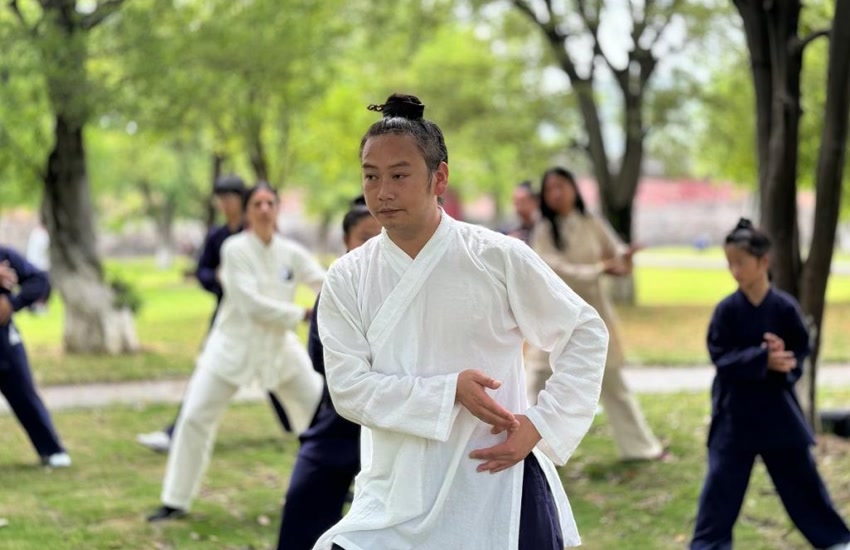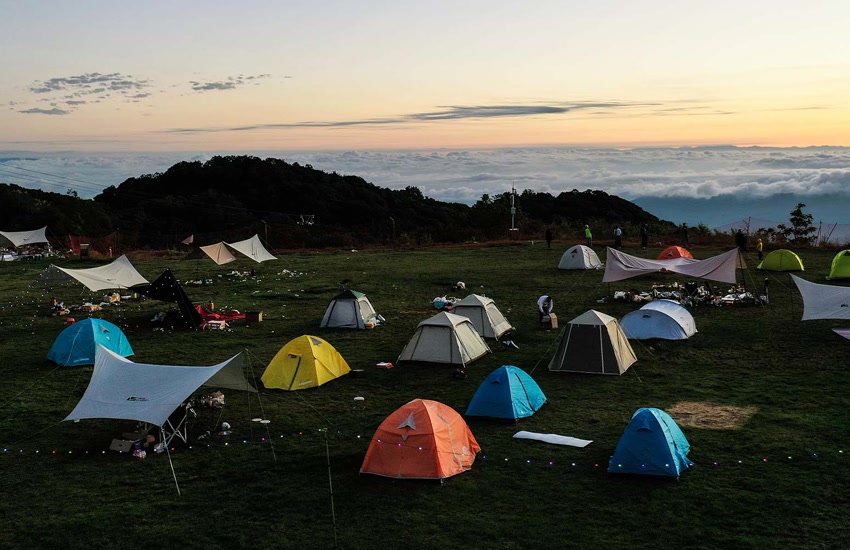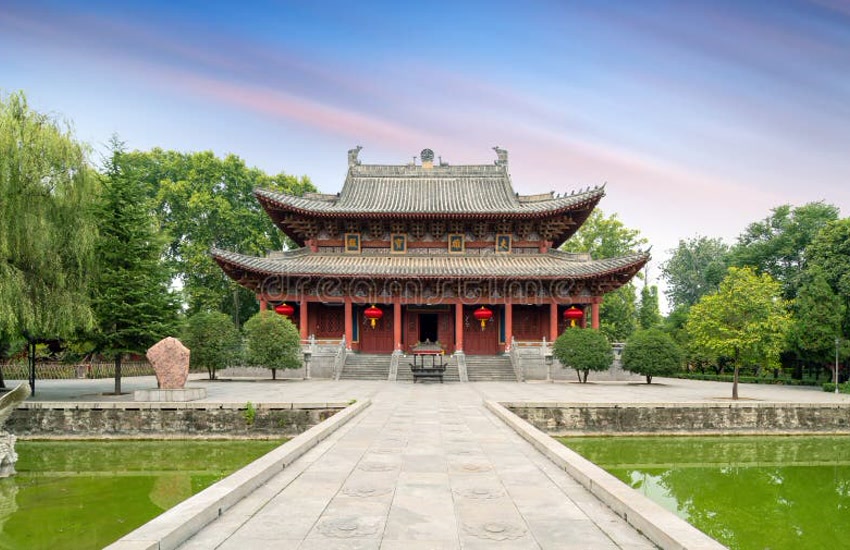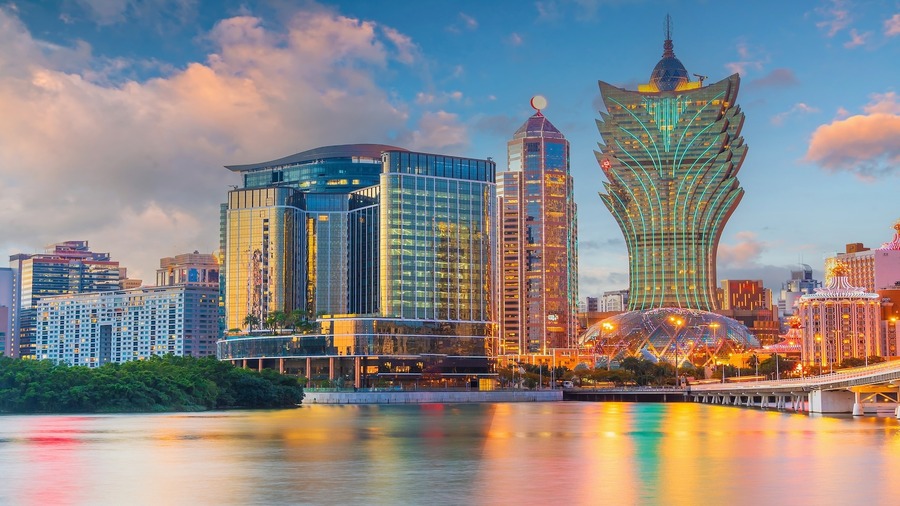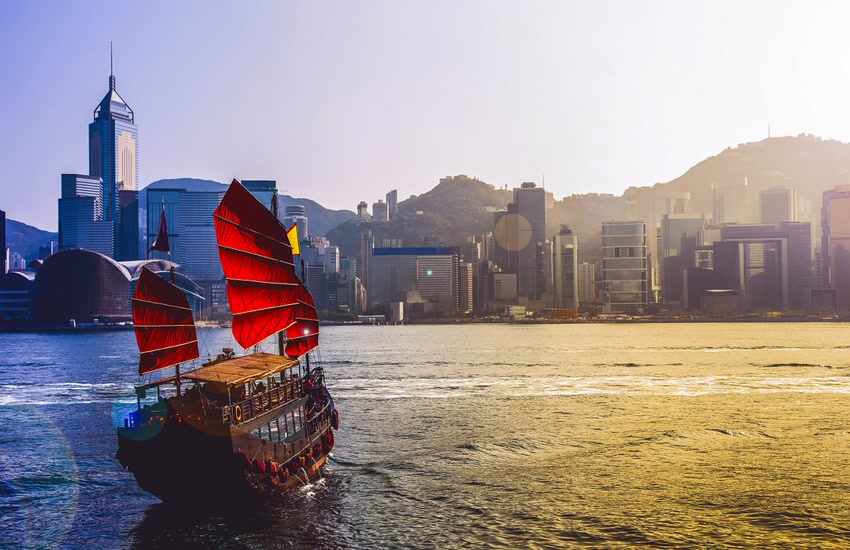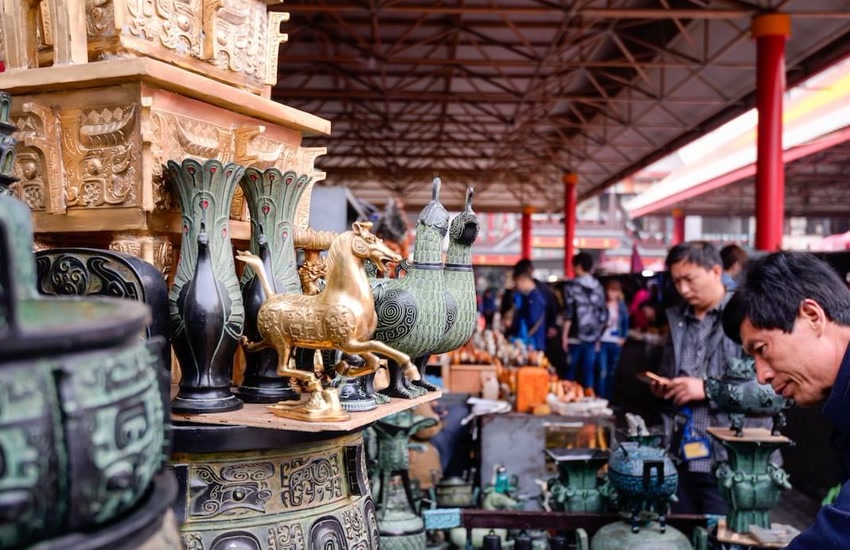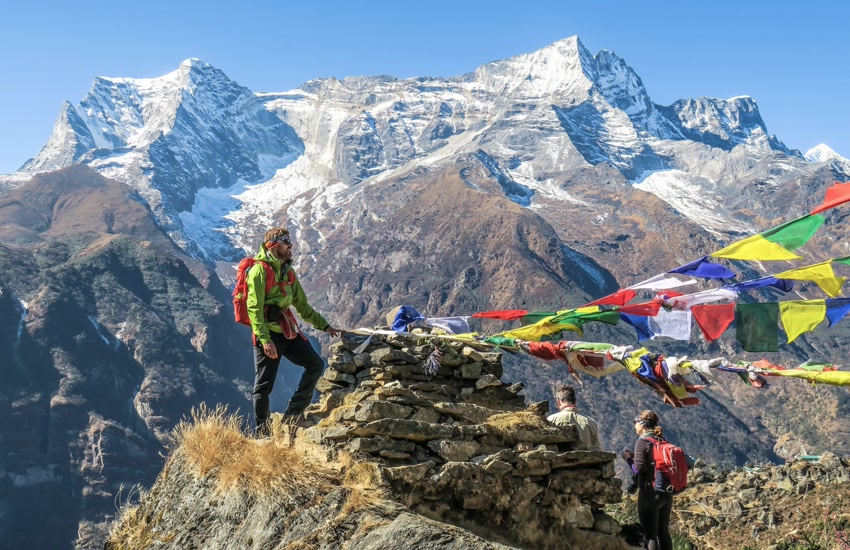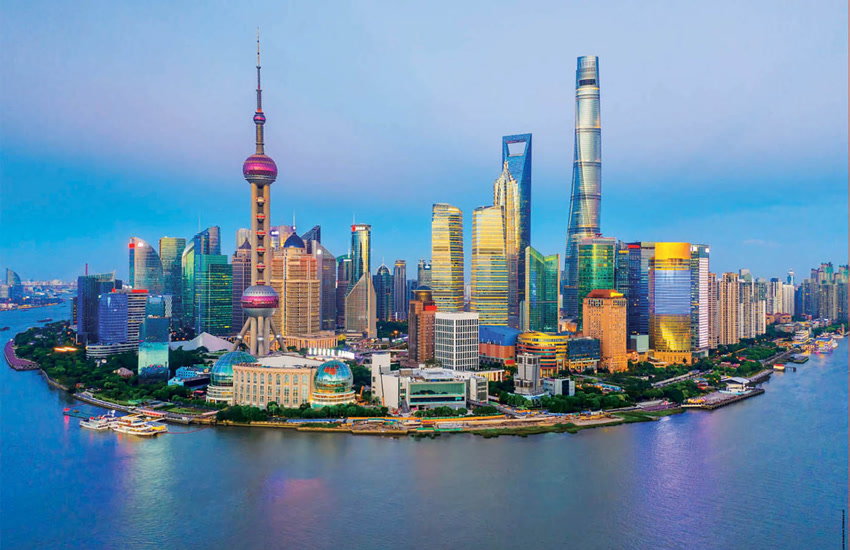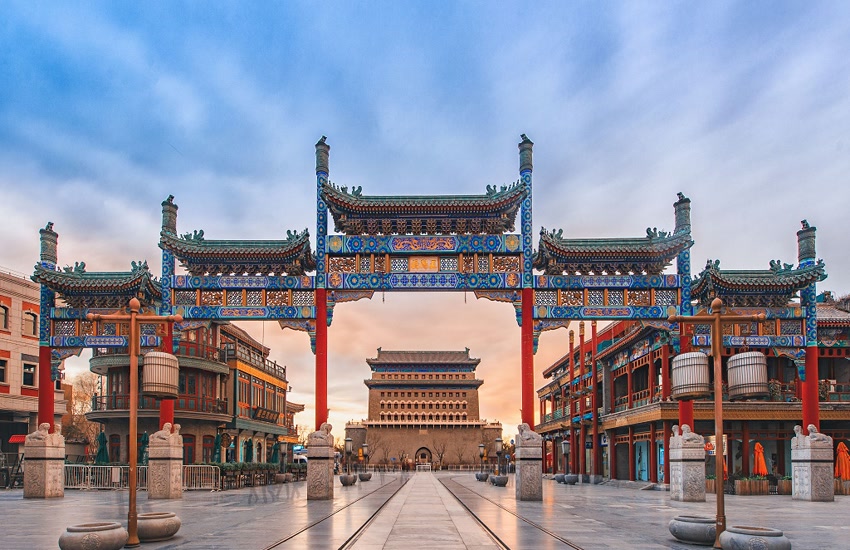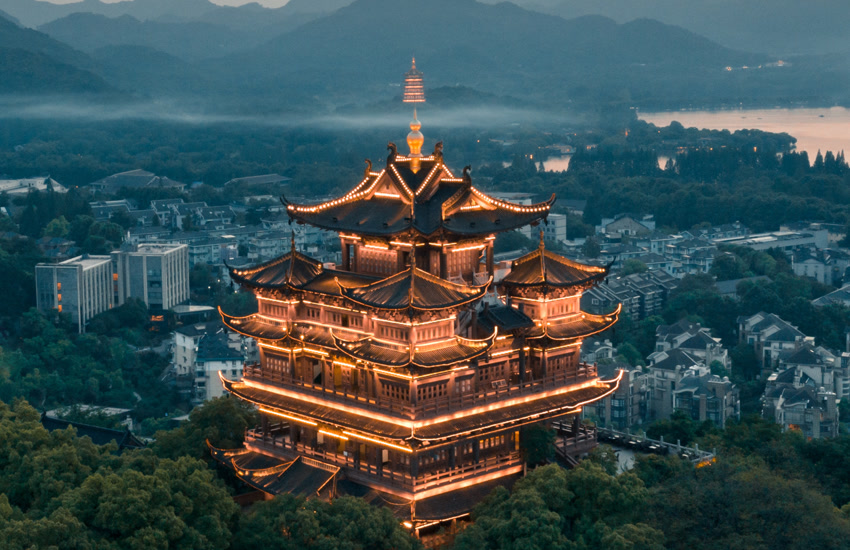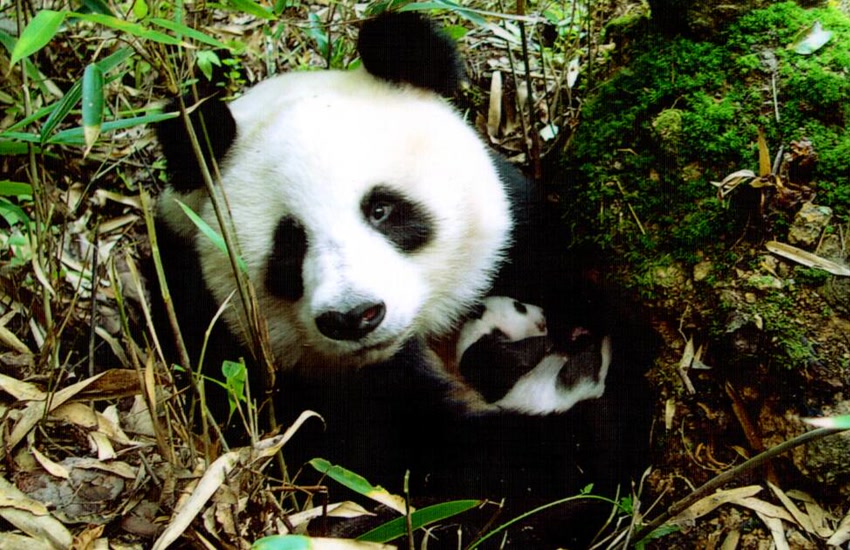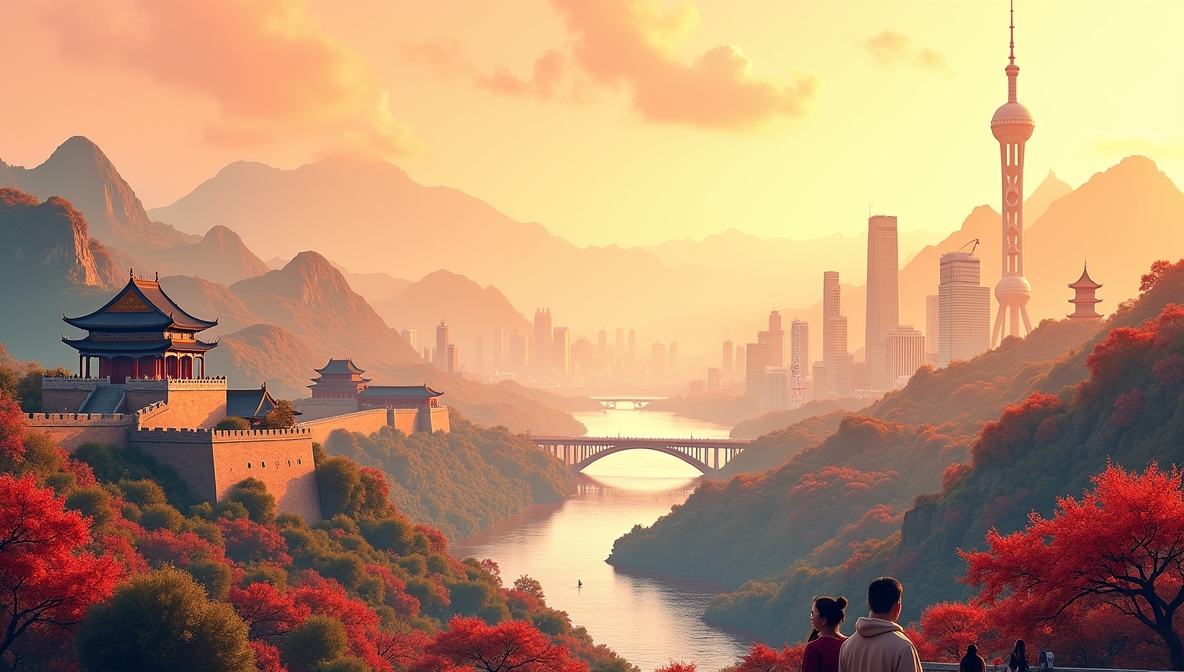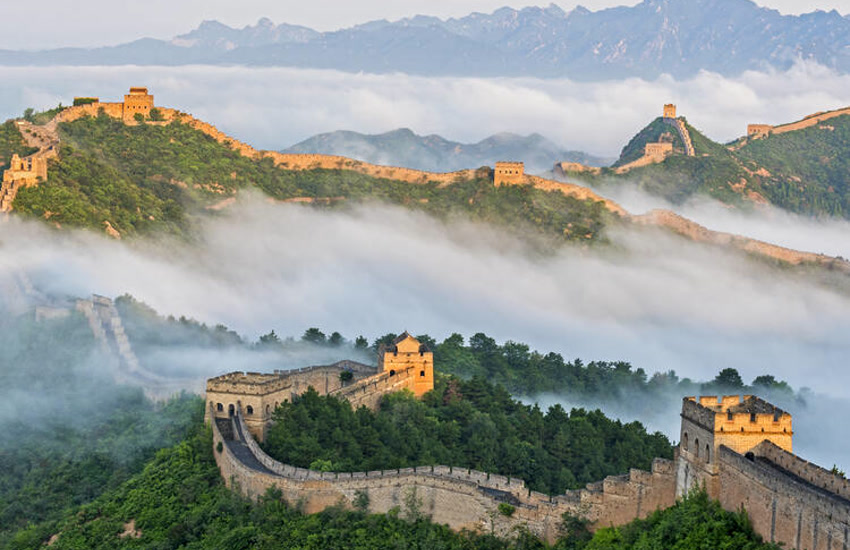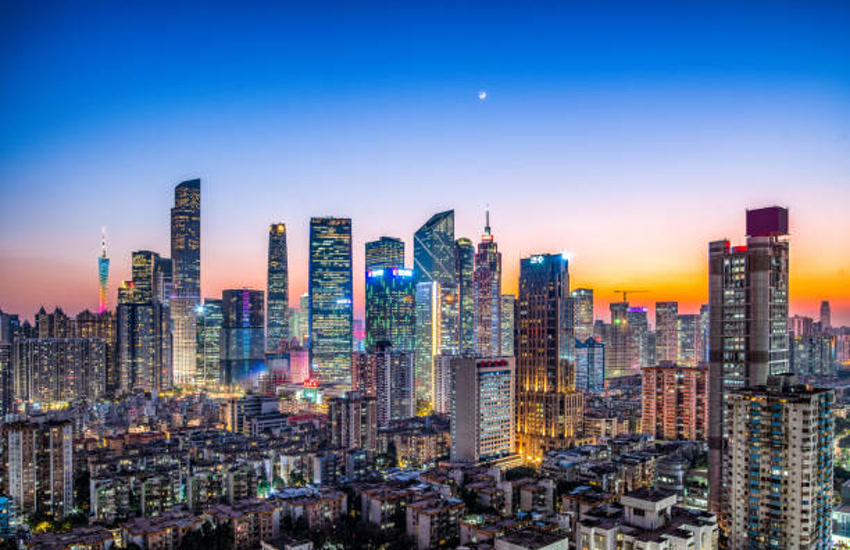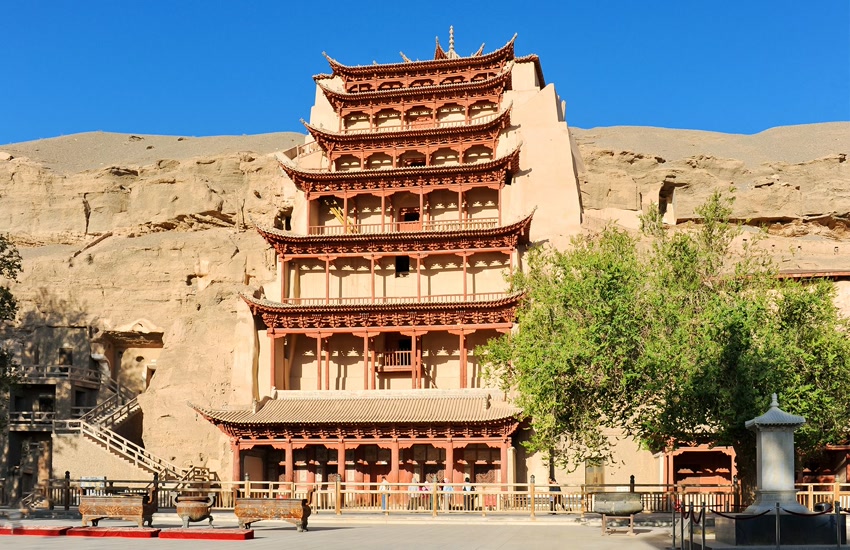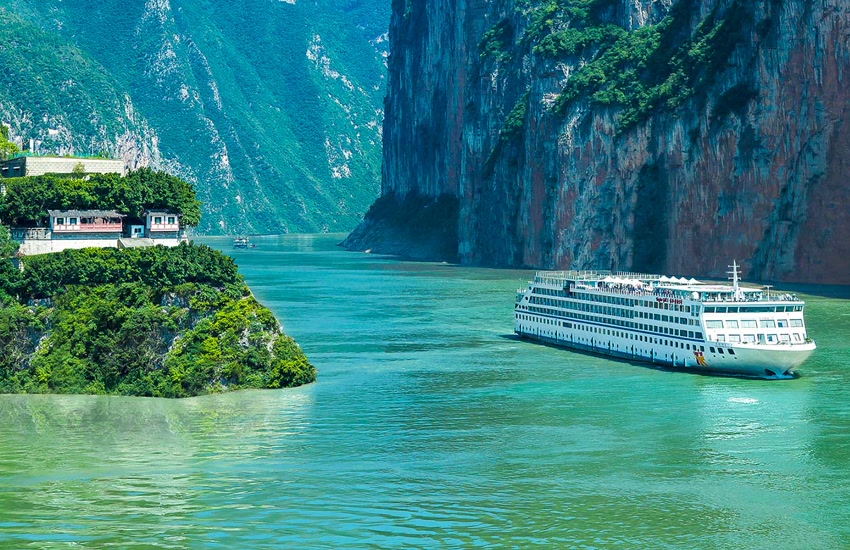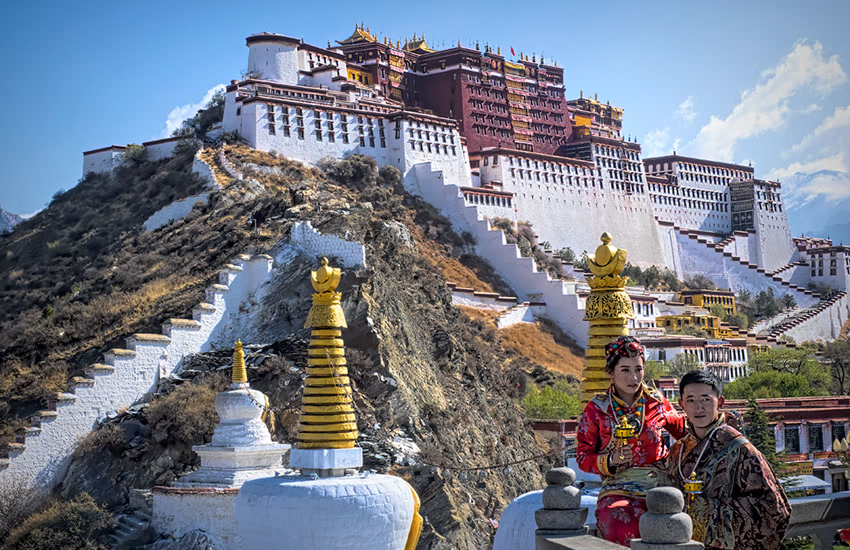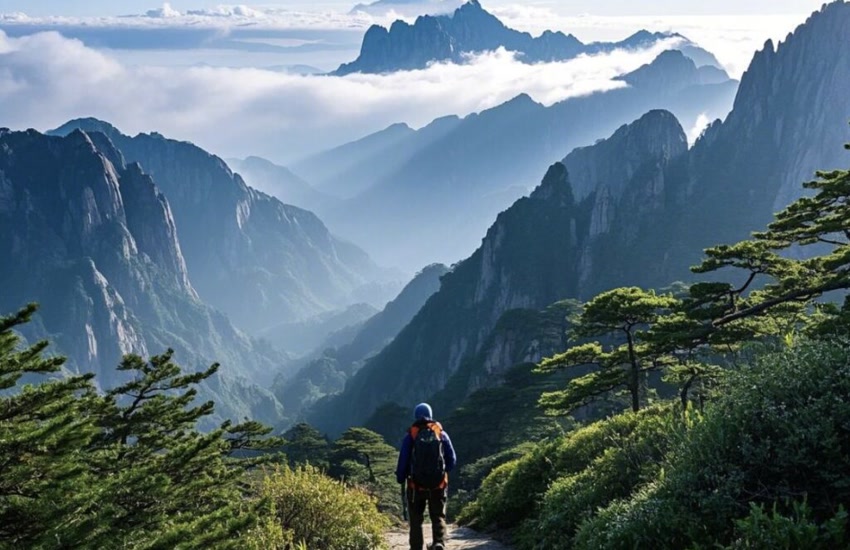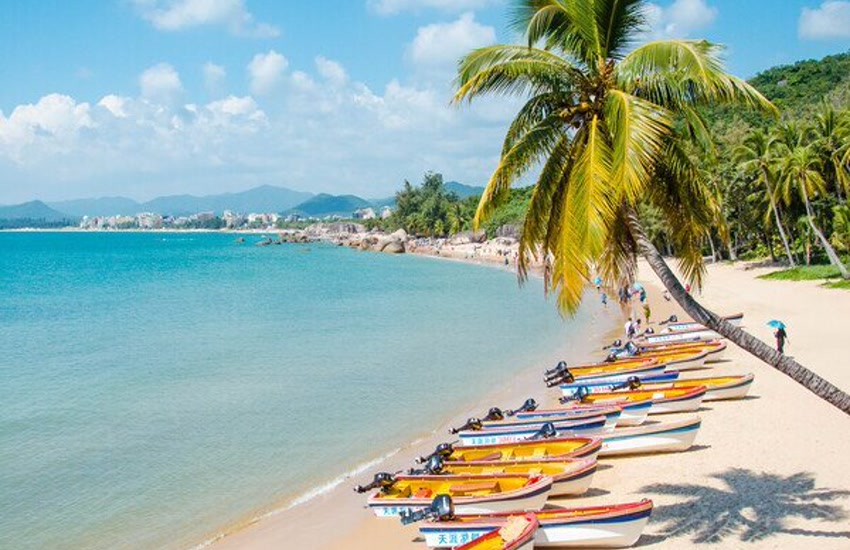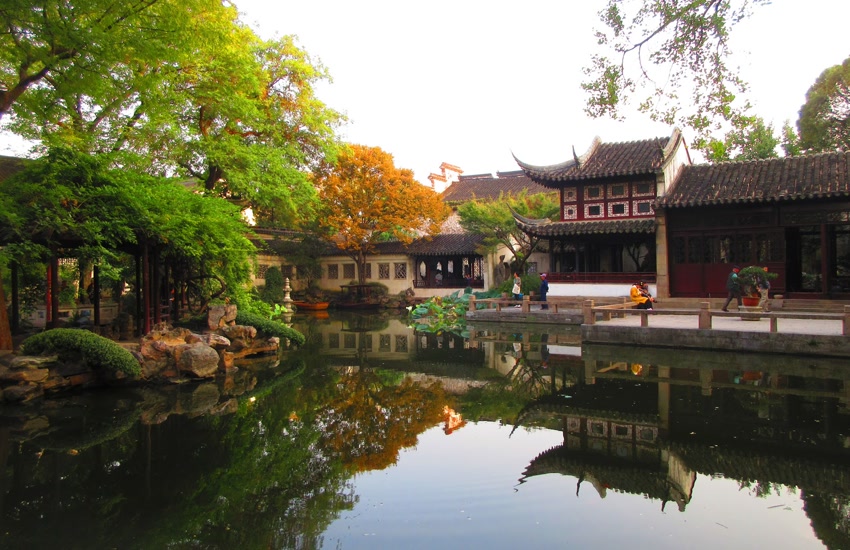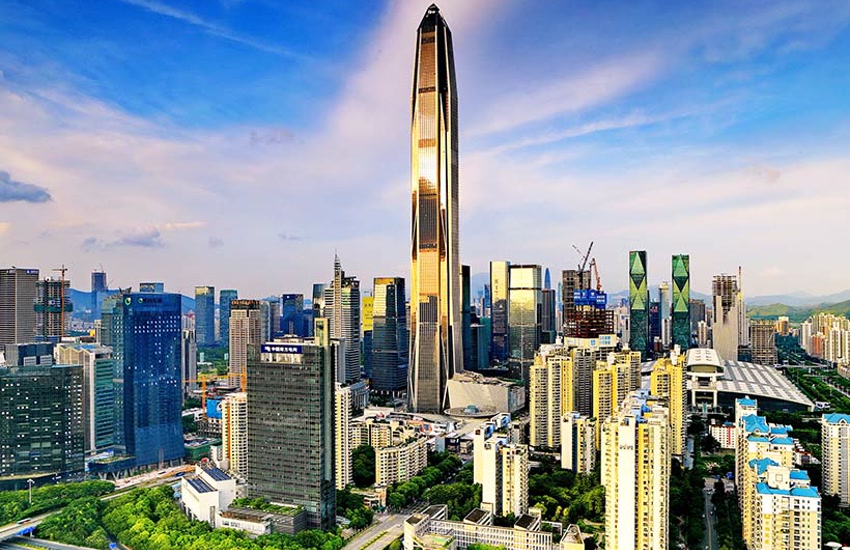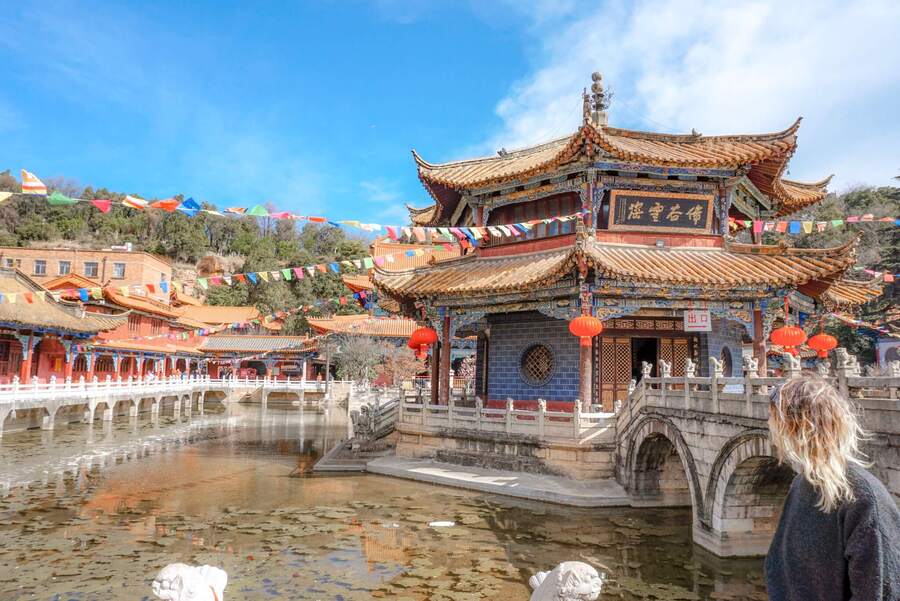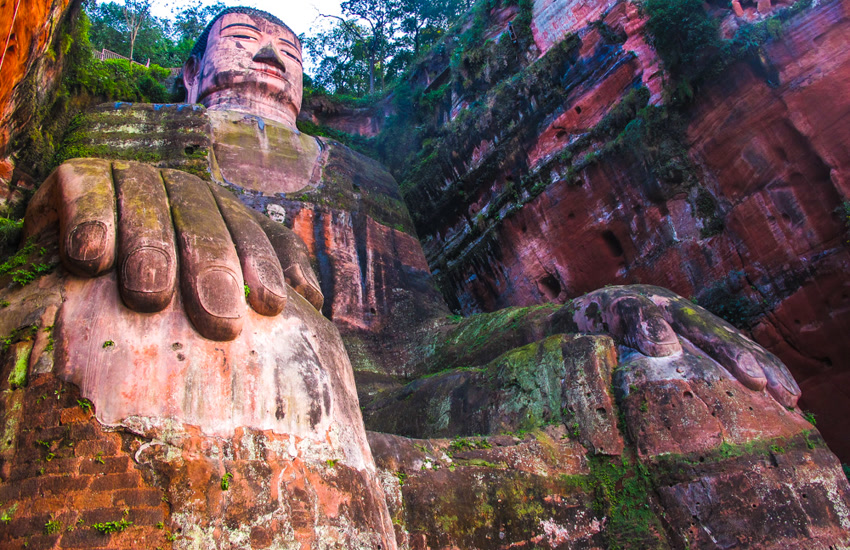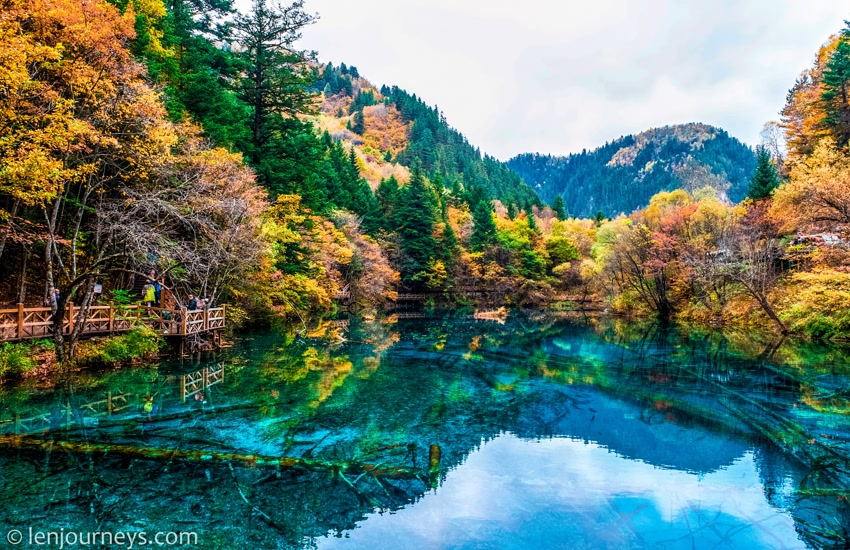
Hello, fellow wanderlusts! If you’re on a quest for a destination that will make your jaw drop with its awe-inspiring natural beauty, then you absolutely HAVE to put Jiuzhaigou, China on your travel bucket list.
Trust me, this place is like something out of a fairytale.
Structuring your China itinerary can be overwhelming, but take my word for it, Jiuzhaigou deserves a spot.
What Makes Jiuzhaigou So Special?
The Land of Nine Villages
Jiuzhaigou, translating to “Nine Village Valley,” is a nature reserve and national park resting in the northern part of Sichuan Province in southwestern China. It’s a long, Y-shaped valley that’s home to nine Tibetan villages, hence the name. More than that, it’s a UNESCO World Heritage Site and a World Biosphere Reserve, thanks to its distinctive and varied ecosystems. It’s truly one of the greatest places to visit in China.
What Makes Jiuzhaigou Famous?
Here are just a few aspects that make Jiuzhaigou renowned and unique:
- The Colorful Lakes: These are arguably the stars of the show. Formed by glacial activity and dammed by rockfalls, the lakes boast unbelievably clear water with vibrant hues of turquoise, emerald green, sapphire blue, and even purplish tones. The colors change depending on the depth, mineral content, and surrounding vegetation.
- Spectacular Waterfalls: Jiuzhaigou is famous for its multi-level waterfalls that tumble down the mountainsides, creating a symphony of sound and a visual spectacle.
- Unique Karst Landforms: The valley features narrow, conic karst formations shaped by glacial activity, creating a dramatic and picturesque landscape.
- Diverse Ecosystems: Stretching over 72,000 hectares (that’s about 180,000 acres!), Jiuzhaigou boasts a series of diverse forest ecosystems, ranging from subtropical to temperate monsoon climates. This means a huge variety of plant life, with stunning yellow, orange, and red hues painting the landscape in autumn.
- Wildlife: It is home to over 220 bird species and a number of endangered species, such as the Giant Panda, the Sichuan Takin, and the Sichuan Golden Snub-Nosed Monkey.
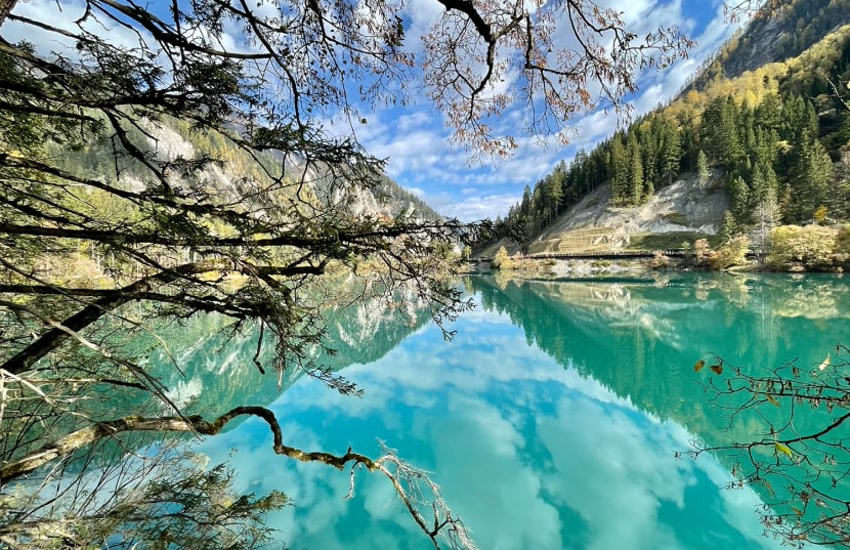
Planning Your Trip to Jiuzhaigou: Essential Information
How to Arrive?
The most convenient way is to fly into Jiuzhai Huanglong Airport (JZH). It’s a 90-minute bus ride from the airport to Jiuzhaigou Valley. You can find direct flights from major Chinese cities like China Beijing Shanghai , Xi’an, Chengdu, Chongqing, and Hangzhou. Alternatively, you can embark on a scenic but lengthy bus ride from Chengdu. If you’re starting your journey in Chengdu, you might want to check out a chengdu tour small group itinerary to make the most of your time. It may be helpful to find a chengdu travel agency to assist with logistics and a chengdu tour guide to help you explore.
When to Visit?
Autumn (September-October): This is generally considered the Jiuzhaigou best time to visit. The fall foliage is absolutely stunning, with the forests transforming into a kaleidoscope of colors.
Spring (April-May): The weather is pleasant, and the flowers are in bloom, offering a different kind of beauty. You might even catch the cherry blossom festival China, showcasing beautiful Chinese cherry blossoms.
Summer (June-August): The weather is mild and humid, but it’s also the rainy season, so be prepared for potential downpours.
Winter (November-March): The valley transforms into a winter wonderland, with snow-covered landscapes and frozen waterfalls.
So, which month is the best to visit Jiuzhaigou, China? I’d personally recommend October for those breathtaking autumn colors, but spring is also a great choice for pleasant weather and blooming flowers. Thinking about a 10 days in China trip? Fall would be the perfect time. For more information on traveling to China in winter, visit this guide.
Exploring Jiuzhaigou: The Three Valleys
The Structure of Jiuzhaigou
Jiuzhaigou is structured around three main valleys, forming a Y shape:
- Rize Valley: This is the southwestern branch and is considered to have the largest variety of sites. Highlights include the Pearl Shoal Waterfall and Five Flower Lake.
- Zechawa Valley: This is the southeastern branch and is home to Long Lake, the highest point in the valley.
- Shuzheng Valley: This is the northern (main) branch and features the Shuzheng Lakes and Waterfalls, as well as the Nuorilang Falls.
Most visitors start by taking a shuttle bus to the end of either Rize or Zechawa Valley and then walk downhill along the boardwalks, taking in the stunning scenery at their own pace.
Respecting the Local Culture and Environment
Responsible Tourism
Jiuzhaigou is not only a natural wonder but also a culturally significant area. It’s home to nine Tibetan villages, and it’s important to be respectful of the local culture and traditions. Here are a few tips for responsible tourism:
Be mindful of local customs and traditions. Support local businesses by buying handicrafts and souvenirs from local vendors. Do not litter and help keep the park clean. Stay on designated paths and boardwalks to avoid damaging the fragile ecosystem. Respect the wildlife and do not feed the animals.
Post-Earthquake Recovery
Supporting the Local Community
It’s important to note that Jiuzhaigou was struck by a major earthquake in 2017, which caused significant damage. While the park has reopened to tourists, recovery efforts are still ongoing. However, the natural beauty of the valley remains undiminished, and visiting Jiuzhaigou is a great way to support the local community and contribute to the ongoing recovery efforts.
While the stunning landscapes are undoubtedly the main draw, Jiuzhaigou offers much more than just breathtaking scenery. It’s a place where you can experience unique Tibetan culture, learn about diverse ecosystems, and connect with the natural world. So, when you plan your trip to Jiuzhaigou, China, remember to slow down, take your time, and truly appreciate all that this magical valley has to offer. If you need accessing the internet in China, remember to check out options for a reliable connection.
I hope this guide has inspired you to add Jiuzhaigou, China to your travel plans. It’s an experience you won’t soon forget! And when you are deciding what to pack for a trip to China, think layers and comfortable walking shoes! Don’t forget to look for good souvenirs from China for your loved ones.


